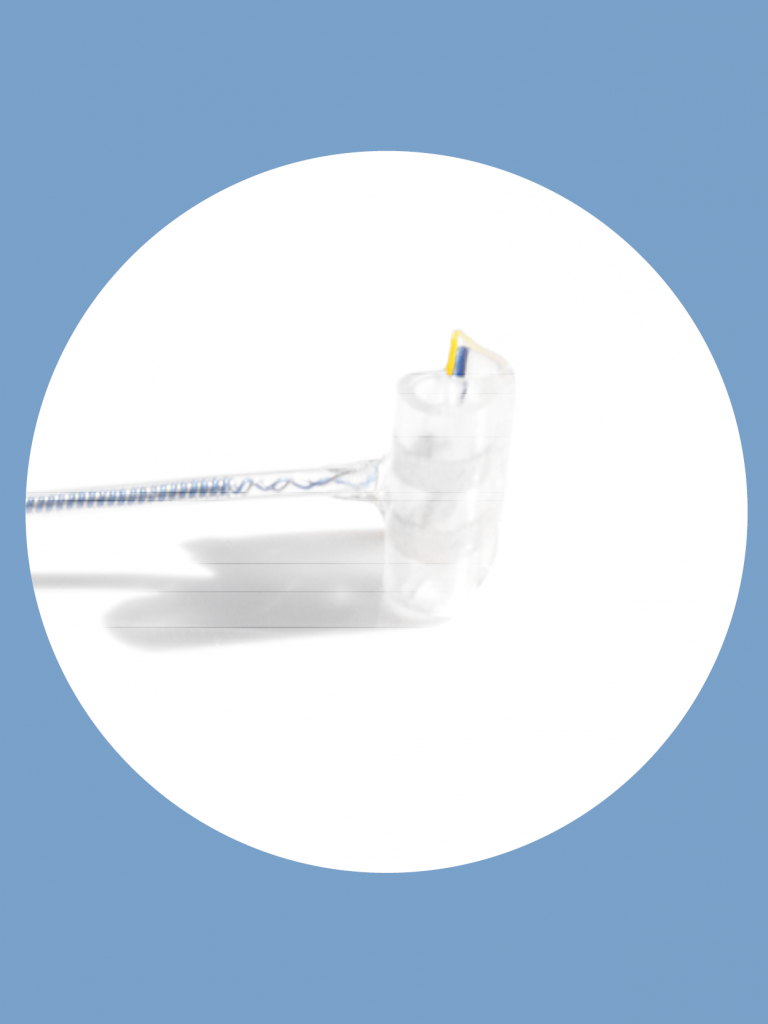The carotid bodies are small glands sitting in the bifurcation of the carotid arteries (which run along both sides of the neck and supply the brain with blood). It has long been known that the carotid bodies contain chemoreceptor cells. These sensors analyze the blood (including the concentrations of oxygen, carbon dioxide, pH, glucose and temperature) and are involved in several regulatory processes that keep these factors within physiological ranges.
Being involved in regulation of blood sugar is one function of the carotid bodies that has particular significance in diabetes. When the carotid sinus nerve, the output of the carotid body chemosensors, is cut, the body cannot counterbalance low levels of blood sugar (hypoglycemia) anymore. Hypoglycemia is a serious, potentially life-threatening state that insulin-treated diabetes patients terribly fear. If blood sugar levels aren’t brought back to the normal range quickly, people can lose consciousness or even fall into coma, with correspondingly serious consequences.
How exactly the carotid bodies counterbalance hypoglycemia is, however, not completely understood yet. To shed light on this question, a group of researchers from the University of Lisbon and the company Galvani Bioelectronics performed a thorough study on the effects of insulin on the carotid body and the responses it mediates in different physiological systems. CorTec °AirRay Cuff electrodes served as a means to electrically monitor the output signal of the carotid body in the carotid sinus nerve.
As expected, the authors found that insulin and Insulin-induced hypoglycemia activated the carotid sinus nerve. This response activates the sympathetic neuronal system and elicits a variety of responses that the authors were able to observe, ranging from an elevated ventilation (breathing) rate up until significant effects on heart rate and blood pressure.
More research is definitely needed to shed more light on the complicated regulatory processes involved. But the variety of functions that the carotid body seems to be involved in, together with its outstanding role in blood sugar control, make it an attractive target for various potential future bioelectronics treatments – not only for diabetes, but also for other conditions, including cardiovascular problems.
Reference
Baby SM, Zaidi F, Hunsberger GE, Sokal D, Gupta I, Conde SV, Chew D, Rall K, Coatney RW. Acute effects of insulin and insulin-induced hypoglycaemia on carotid body chemoreceptor activity and cardiorespiratory responses […]. Exp Physiol. 2023 Feb;108(2):280-295. doi: 10.1113/EP090584. Epub 2022 Dec 2. PMID: 36459572.
More details about our Cuff Electrode Technology
We are providing bidirectional interfaces to the peripheral nervous system with our cuff electrodes. No matter what diameter and which specific functionality is needed. We are helping you to determine the best cuff electrode for your individual case. From research to medical device design. Reach out to our Sales Team and get in contact!
More User Stories using our implant technology
Discover more User Stories and read about novel research approaches, new devices and awesome scientific achievements. Visit our Story section “User Stories”.
